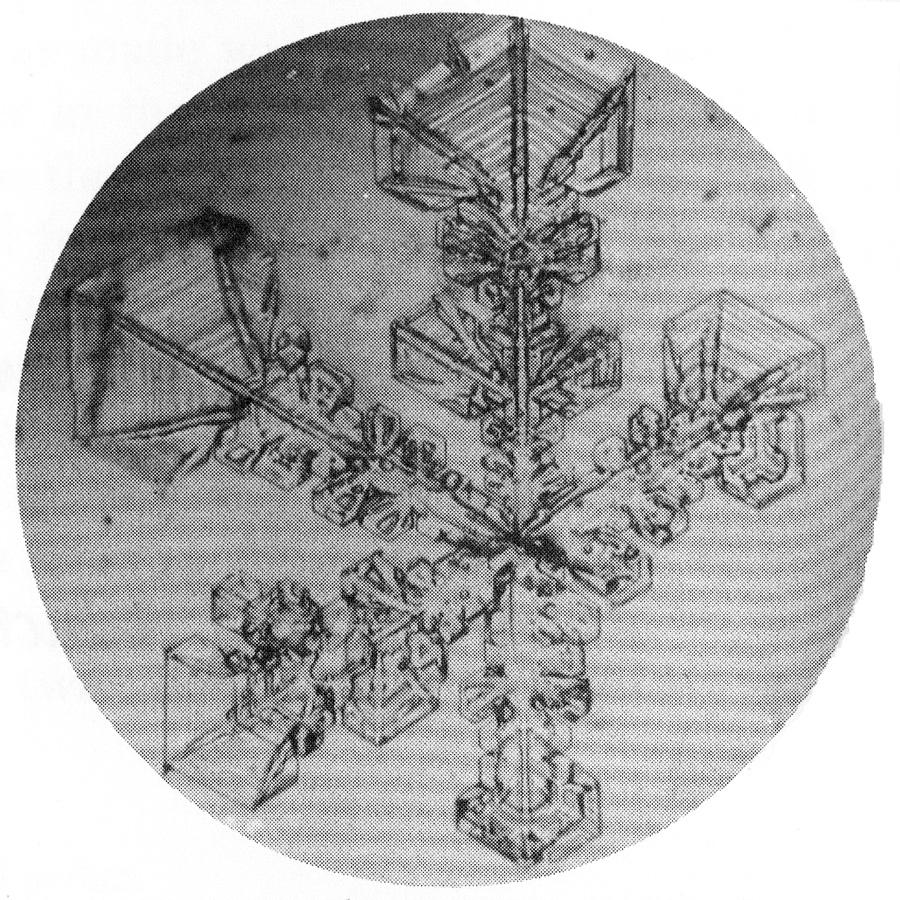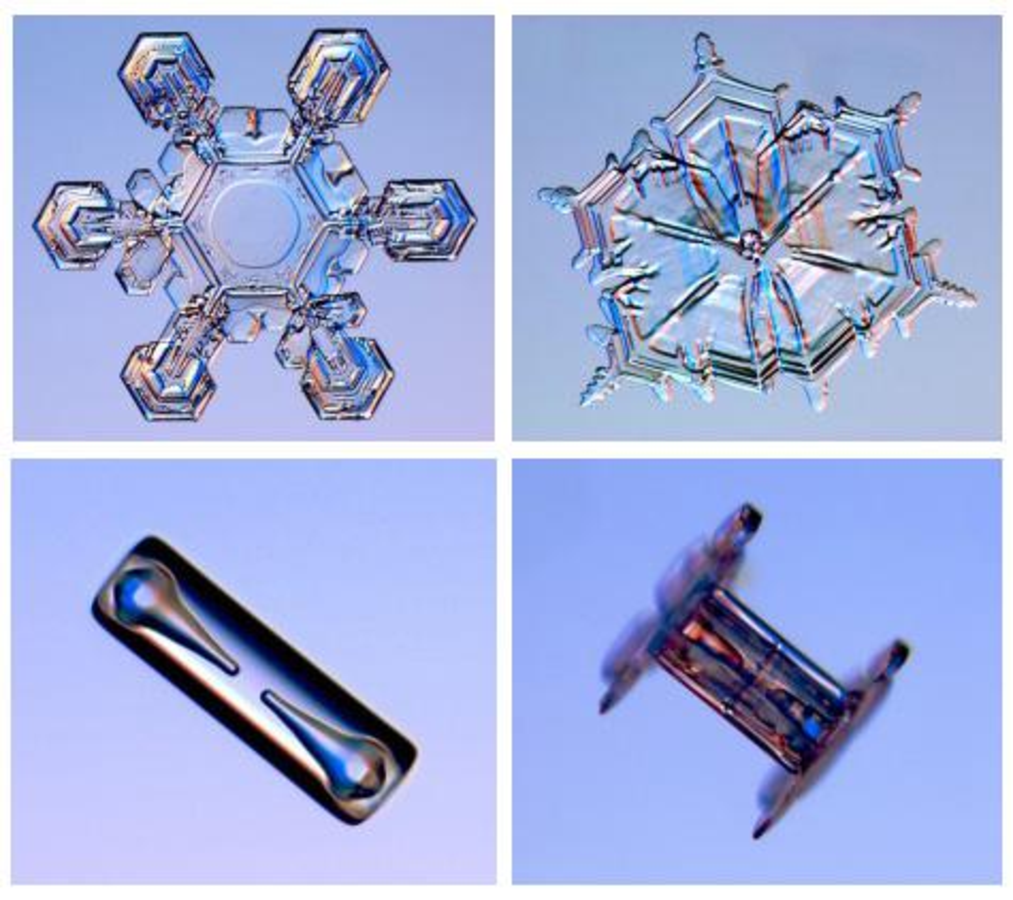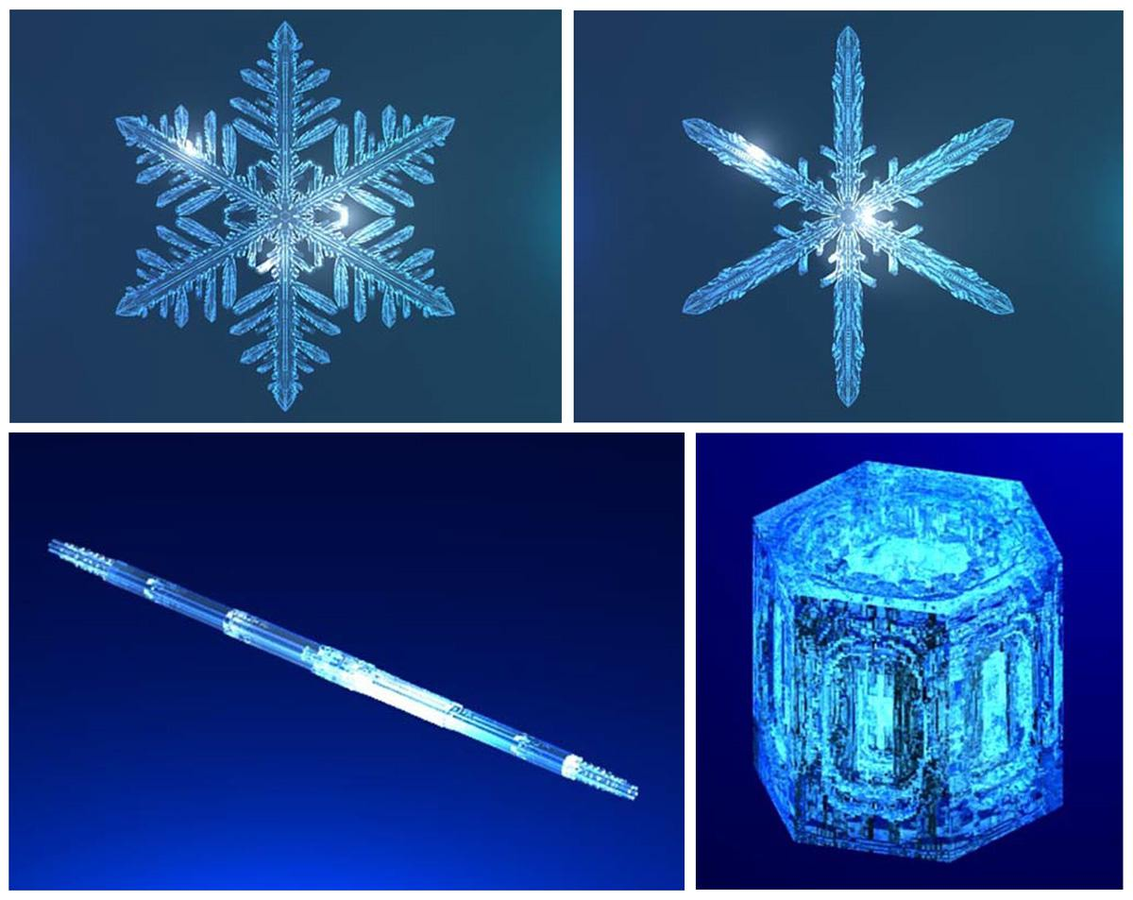In preparing for a recent conference reflecting on the significance of Tom Kuhn’s Structure I was struck by how forthrightly the organizers stated that “little current work in the history or philosophy of science engages with Kuhn directly. Why and how did his program unravel?” I tend to agree with their assessment and want to engage with their question here. But the MPIWG conference that gave rise to the present volume displayed something that seems contradictory. Several of our most prominent representatives of social studies of science remarked on how deeply Structure inspired their own sociological work. They included such notable figures as David Bloor,
Work
I begin with a brief characterization of some aspects of this change in historiography and then give an example from my own engagement with Tom and his work. For historians writing today the sociality and historicity of everyday life in the sciences, that is scientific practice, has become an unquestioned assumption. With that we take for granted not only the multiplicity and diversity of the sciences—on which Tom himself insisted—but also their embeddedness in economic, political and cultural contexts—which he severely circumscribed. So when we want to understand a development in one of the sciences we try to give a richly embedded historical development of its practices and representations. The science is presented within what I think of as its “field of interactions.” Tom liked to say that he wanted to “get inside people’s heads,” to understand how they were thinking. Today we want to get outside people’s heads, to understand the tools that make thinking and acting possible. “Distributed cognition” may be ultimately what we want to understand, in the sense that cognition is distributed over our tools and social relations, rather than only taking place in our individual brains. But more immediately, we aim at a narrative of how the field of interaction develops, and that developmental narrative constitutes our explanation of what happens. There are alternative narratives and there are better and worse narratives, depending on how well they incorporate the full range of evidence available. One could say that there remains something deeply Kuhnian in this, namely the essential historicity of science. And it is all too easy to forget how radical that notion was at the time of Structure. But the historicity now has a different character.
Let me illustrate this shift with respect to one of Tom’s well-known papers. When he wrote “Energy Conservation as an Example of Simultaneous Discovery” (1959), he drew heavily on “the engineering concept of work” as one of three crucial intellectual constellations that fed into the early expressions of what would be identified as energy and its conservation. This paper remains a classic in the history of science, admirable for the clarity with which it brought into view issues that had remained largely outside history of physics. And it is characteristic of the best intellectual histories that Tom wrote. But it would not do today, nor even in the 1970s, simply because “work” remained largely a disembodied idea, an idea extracted from concerns with engines and “applied in deriving the abstract scientific conservation law” (Kuhn 1977, 92). The engineers and their interests thus disappear in the “abstract scientific” object of the analysis. When I began working with Tom in 1971, this kind of history had already begun to call out for something more, just as his discussion of paradigms did in Structure as read by sociologists of knowledge. Reference to the energy paper in Structure occurs in the Preface in a footnote attached to his acknowledgment that he had said nothing about “the role of technological advance or of external social, economic and intellectual conditions in the development of the sciences” but contending that, although they might affect the timing of a crisis or the range of revolutionary reforms available, their explicit consideration “would not, I think, modify the main theses developed in this essay” (Kuhn 2012, xliv). The footnote seems to back off a bit from this position with respect to energy conservation, but not with any specificity or consequence.
In fact a rather strict formulation of the internal-external distinction is essential for the “esoteric” and “professional” character of a mature science governed by the paradigms presented in Structure. Their “very special efficiency” depends on “the unparalleled insulation of mature scientific communities from the demands of the laity and of everyday life.” Even in conditions of crisis for a paradigm, “technical breakdown would still remain the core of the crisis” so that “external factors” were secondary (Kuhn 2012, 164, 69). It is just this insulation that had come into question from many directions in the 1970s.
In reworking the story of “work,” here with reference to both William Thomson
I am sensitive to the fact that some people, especially scientists, may still see Tom’s history of ideas as more satisfying as an explanation because of its simplicity and conceptual clarity. It also conforms more nearly to the way in which physicists at the time he was writing preferred to explain things within a theory-driven enterprise. But that situation has changed rather dramatically for many scientists, particularly those dealing with complex systems, where it is common to use simulations to gain understanding, indeed to provide “explanations.”
Snowflakes
The designation “complex” in this usage implies that the organization of the system is not subject to either reduction to a lower level of constitutive elements or to deduction from general laws. In this situation investigators typically explore the developmental dynamics of the system either experimentally or by using simulations as an alternative. I have been particularly interested in the way in which the simulations take on a historical character. To make clear what I mean, I will borrow my favorite example from a previous discussion (Wise 2011). It concerns snowflakes. Perhaps most of us will think of the typical snowflake as exhibiting an intricate geometrical pattern, highly symmetric, with six identical arms. This is the idealist image that Kepler
One major exception to this rule appeared in work of Ukichiro Nakaya

Fig. 26.1: The first artificial snowflake (Nakaya 1954, 152).

Fig. 26.2: Photomicrographs of snowflakes (Libbrecht 2011).
The climate for work like his changed dramatically during the 1970s and 1980s as problems of complexity became ever more important in mainstream physics research. Only very recently, however, has a physicist at California Institute of Technology taken up snowflakes as part of his work on pattern formation in nonlinear, nonequilibrium systems. Kenneth Libbrecht
The lesson of complex history is apparent also in the work of two mathematicians who do simulations. Even a decade ago it was not practicable to simulate the evolution of a snowflake at high resolution. But Janko Gravner

Fig. 26.3: Simulated snowflakes (Gravner and Griffeath 2009, 13).
Gravner
The explanations and discoveries obtained in this work are natural historical in kind. Key terms are trait, habit, morphology, seed, evolution, field guide. The simulations not only generate a museum of snowflakes, but explain their characteristics by the conditions of their development, read as evolution. The algorithms governing the evolution may not be the Darwinian principles of variation and selection but they are nevertheless generative algorithms capable of explaining how the entire phylogeny derives from something like a common ancestor developing under varying environmental conditions. That is, the simulations generate an evolutionary narrative which explains the natural order of snowflakes as an essentially historical order. Every individual snowflake is a unique product of its history, full of contingencies and accidents. The virtual history of a snowflake, then, is its explanation. This is a long way from the traditional reductive and deductive explanations in physics, or indeed from anything Tom contemplated.
Finally, the role of visualization requires comment. Visual images have always been crucial in physics to guide intuition and to illustrate solutions. But the role of visualization in many simulations is qualitatively different, for it typically serves as the only effective means for understanding the growth process and its intricate results. The snowflake simulation, for example, must incorporate a technology for converting its calculations into visually legible images comparable with photomicrographs. Slide shows and movies naturally result. Inevitably these visual media enhance the sense that the simulation is productive of a narrative, a narrative that describes how a complex history generates a complex system.
Museums and History
The old question arises of whether historical narratives really explain. I am struck by the degree to which the literature on this question has been shaped by Carl Hempel’s
The major alternative accounts of narrative, from more literary figures like Hayden White and Paul Ricœur, focus on its fictional character and largely dismiss the relation to natural science. This seems equally unhelpful. So I propose to throw out both traditions and to start over by returning to the early nineteenth century when history was gaining newfound prestige as a form of knowledge, especially in Germany, and when Goethe
Suppose then that there is good reason to think that in many areas of natural science explanations at one level of phenomena, say snowflakes, cannot be reduced to a lower level under general laws, say the dynamics of the water molecules that make up the snowflakes. What options are available if explanation has to rest on things and their relations all at one level? Basically, I think, we are left with two avenues: museums and histories. By “museum” I mean a collection that displays the diversity of generically similar things, ordered in an illuminating manner. That is one part of what the new snowflake people give us, whether as the natural snowflakes in
This combination is what Goethe
This attack mode captures the second sense of
Narrative—Suggestive Directions
Leaving
Model Systems are surely one of the most powerful tools of twentieth-century biology. While eschewing any reduction of phenotype to genotype they offer strong heuristics for relating such things as tumors in nematode worms to human cancers, or just jet lag in humans to that in rats, based on conservation of evolutionary genetic acquisitions. Even physicists have been learning how to use the analogies of model systems in understanding complex phenomena. And historians of science have taken them up in a big way both as subjects of investigation and as tools for investigation. Angela Creager
In some ways similar to model systems are cases. The study of cases, and of case histories as narratives, has of course long been a standard means of using analogy in medicine, law and the social sciences. Again, the museums of cases and their histories are crucial. Excellent examples for the history of science appear in the work of Mary Morgan
Exemplary narratives offer yet a third means of pursuing museological understanding. One of the best discussions I know is by Carlo Ginzburg
To model systems, cases and exemplary narratives I would add one further area of contemporary history of science that belongs to my story of natural histories and narratives. I claimed for the snowflake simulations that “they generate an evolutionary narrative which explains the natural order of snowflakes as an essentially historical order.” This generative aspect has a clear analogue in Hans-Jörg Rheinberger’s
To conclude, I would return to the original question of the fate of Thomas Kuhn’s Structure. Clearly it was a great inspiration for many people, including me, to pursue what we thought the book implied needed to be pursued: sociology, practice, materiality, political economy, culture. But none of those things were actually engaged in Structure. I have argued that they could not have been, not only because of who Tom was but because the world was rapidly moving out from under both science and history of science as he knew it. But these developments only enhance what was very much in Structure, namely the historicity of science. In the end, that has been both its most radical and its most lasting import.
References
Brain, R. M., M. N. Wise (1994). Muscles and Engines: Indicator Diagrams in Helmholtz’s Physiology. In: Universalgenie Helmholtz: Rückblick nach 100 Jahren Ed. by L. Krüger. Berlin: Akademie Verlag 124-145
Creager, A. N. H. (2001). The Life of a Virus: Tobacco Mosaic Virus as an Experimental Model, 1930–1965. Chicago: The University of Chicago Press.
Creager, A. N. H., E. Lunbeck, E. L. (2007). Science without Laws: Model Systems, Cases, Exemplary Narratives. Durham: Duke University Press.
Danto, A. (1985). Narration and Knowledge, Including the Integral Text of Analytical Philosophy of History [1964]. New York: Columbia University Press.
Ginzburg, C. (2007). Latitude, Slaves, and the Bible: An Experiment in Microhistory. In: Science without Laws: Model Systems, Cases, Exemplary Narratives Ed. by A. N. H. Creager, E. Lunbeck, E. L.. Durham: Duke University Press 243-263
von Goethe, J. W. (1890). Zur Farbenlehre. Didaktischer Theil [1810]. In: Goethe’s Naturwissenschaftliche Schriften Weimar: Böhlau
Gravner, J., D. Griffeath (2009). Modeling Snow-Crystal Growth: A Three-Dimensional Mesoscopic Approach. Physical Review E 79: 1-18
Hempel, C. G. (1965). The Function of General Laws in History [1942]. In: Aspects of Scientific Explanation, and Other Essays in the Philosophy of Science Ed. by C. G. Hempel. London: Macmillan 232-243
- (2001). Explanation in Science and History [1963]. In: The Philosophy of Carl G. Hempel: Studies in Science, Explanation, and Rationality Ed. by J. H. Fetzer. Oxford: Oxford University Press 276-296
Koertge, N. (1975). Popper’s Metaphysical Research Program for the Human Sciences. Inquiry 18: 437-462
Kohler, R. (1994). Lords of the Fly: Drosophila Genetics and the Experimental Life. Chicago: The University of Chicago Press.
Kuhn, T. S. (1977). Energy Conservation as an Example of Simultaneous Discovery [1959]. In: The Essential Tension: Selected Studies in Scientific Tradition and Change Ed. by T. S. Kuhn. Chicago: The University of Chicago Press 66-104
- (2012). The Structure of Scientific Revolutions . Chicago: The University of Chicago Press.
Laughlin, R. B., D. Pines (2000). The Theory of Everything. In: Proceedings of the National Academy of Sciences 28-31
Laughlin, R. B., D. Pines, D. P., Schmalian D., S. D. (2000). The Middle Way. In: Proceedings of the National Academy of Sciences 32-37
Libbrecht, K. G. (2006). Field Guide to Snowflakes. St. Paul: Voyageur Press.
- (2011) Images retrieved 3 April 2011 from:: www.its.caltech.edu/atomic/snowcrystals/photos/photos.htm; www.its.caltech.edu/atomic/snowcrystals/photos2/photos2.htm; www.its.caltech.edu/atomic/snowcrystals/photos3/photos3.htm.
- (2013) Retrieved 7 June 2013 from: www.its.caltech.edu/~atomic/snowcrystals/faqs/faqs.htm; www.its.caltech.edu/~atomic/snowcrystals/myths/myths.htm.
Morgan, M. (2012). The World in the Model: How Economists Work and Think. Cambridge: Cambridge University Press.
Nakaya, U. (1954). Snow Crystals: Natural and Artificial. Cambridge: Harvard University Press.
Rheinberger, H.-J. (1997). Toward a History of Epistemic Things: Synthesizing Proteins in the Test Tube. Stanford: Stanford University Press.
- (2010). On Historicizing Epistemology: An Essay. Stanford: Stanford University Press.
Wise, M. N. (1988). Mediating Machines. Science in Context 2: 81-117
- (2011). Science as Historical Narrative. In: Historical Epistemology, special issue of Erkenntnis. Ed. by U. Feest, T. Sturm. 349-376
